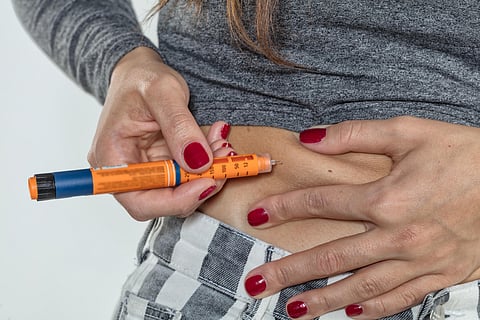FRIDAY, Feb. 24, 2023 (HealthDay News) -- The price of insulin has increased in the United States, with the burden of out-of-pocket (OOP) costs rising considerably among uninsured individuals, according to a study published online Feb. 7 in the Journal of Diabetes.
Yilu Lin, Ph.D., M.P.H., from Tulane University in New Orleans, and colleagues extracted data from the Medical Expenditure Panel Survey for 2009 to 2018 to document trends in expenditure for insulin among people with diabetes. The total expenditures and OOP spending per person were examined for insulin and noninsulin glucose-lowering medications in insured and uninsured populations.
The researchers found that although insulin usage was stable, the total expenditure for insulin almost doubled per person per year after the Affordable Care Act (ACA), irrespective of insurance status. For the uninsured population, the OOP cost of insulin increased from $1,678 to $2,800 per person per year in the pre- to post-ACA period. Uninsured people had $403.96 and $143.64 more in OOP costs than those with public and private insurance, respectively, after enactment of the ACA.
"It is imperative to slow down the increasing expenditure trend by reducing insulin costs," the authors write. "Additionally, more supportive policies should be implemented for the uninsured diabetes population to get enough necessary insulin usage."
Abstract/Full Text


